1. Jell-O Salad with Vegetables
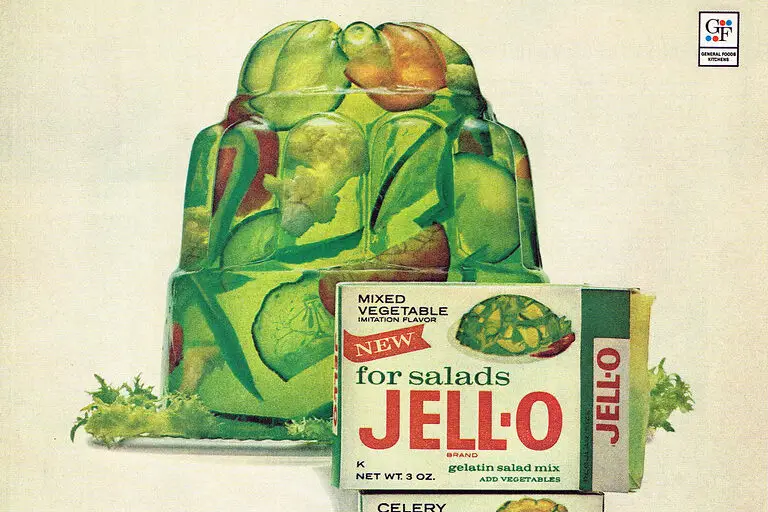
Back in the 1900s, Jell-O wasn’t just a sweet treat, it was a canvas for everything from canned peas to shredded cabbage. Cookbooks and housewives alike were convinced that suspending vegetables in brightly colored gelatin was the height of sophistication. Picture a quivering lime-green mold with chunks of celery and olives bobbing inside, proudly placed at the center of the dinner table. It was as much about presentation as it was about taste.
Today, the thought of chewing through a wobbly bite of Jell-O only to be met with a mouthful of cold carrots feels more like a punishment than a dish. Our palates have shifted away from foods that mix sweet and savory in such an odd way. While nostalgia might make us smile at the memory, most of us wouldn’t dream of reviving these gelatin creations. They remain a curious relic of mid-century kitchens.
2. Creamed Chipped Beef on Toast

Often called “SOS” by soldiers, creamed chipped beef on toast was a staple for many households. It was simple, salty, and cheap, which made it perfect for families trying to stretch a budget in the early 20th century. The dish consisted of dried beef in a white gravy ladled generously over toast, filling bellies without requiring much effort or money.
These days, it’s hard to imagine serving rehydrated beef in thick cream sauce as anything more than comfort food for someone with very specific nostalgia. The salt content alone could make your blood pressure spike just by looking at it. Most modern diners would happily pass it by, preferring fresher and more balanced options. Still, it’s one of those foods that instantly transports older generations back in time.
3. Aspic
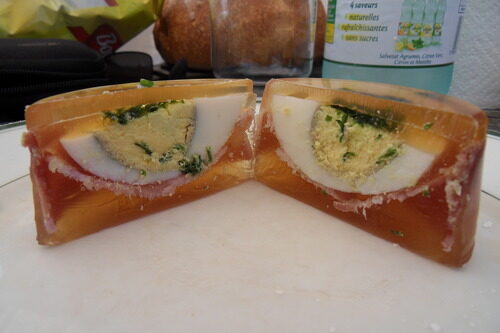
Aspic was once the fancy cousin of Jell-O salad, often reserved for luncheons and banquets. Made with savory gelatin, it encased meats, seafood, or vegetables in a glossy, translucent mold. Hostesses believed it showed refinement, and it gave chefs a way to preserve and present food in dramatic style. A shimmering dome filled with hard-boiled eggs and ham might have wowed a crowd.
For us, though, the texture and concept are unsettling. Cold meat trapped in gelatin just doesn’t sound appealing anymore, no matter how well it’s decorated. The idea of carving through a wiggly dome of chicken and peas to scoop out a serving feels more like a dare than a treat. It’s safe to say aspic is one culinary experiment that probably won’t make a comeback.
4. Spam Loaf

Spam made its debut in the 1930s and was embraced through the war years when fresh meat was scarce. Housewives got creative, baking it into loaves with pineapple rings or covering it in sweet glazes. It was inexpensive, shelf-stable, and versatile, which made it a household hero at the time. Many families swore by it as a reliable protein source.
While Spam still has loyal fans, the idea of serving it as a centerpiece at dinner feels out of place now. Processed meat with a mysterious ingredient list isn’t exactly what health-conscious shoppers are looking for. It carries a stigma that makes most people wrinkle their noses, even if it did once help families stretch meals. Today it’s more of a curiosity or nostalgic comfort food than a kitchen staple.
5. Prune Whip
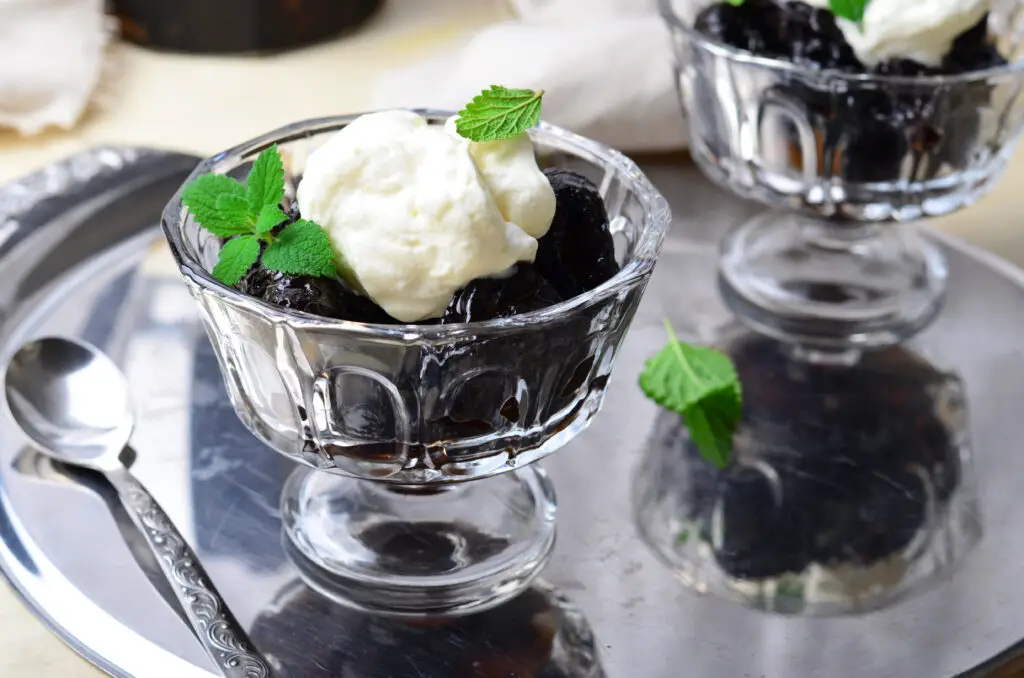
If you had a sweet tooth in the early 1900s, prune whip might have been on your dessert table. It was made by whipping prunes into a fluffy, airy mixture, often served chilled in glass dishes. It was thought to be both healthy and elegant, a way to enjoy fruit in a new and fashionable form. Housewives appreciated its ease and practicality.
Nowadays, prunes are more associated with digestive health than dessert. The thought of eating a spoonful of airy prune fluff doesn’t exactly scream indulgence. Our tastes lean more toward chocolate, fruit tarts, or ice cream when we want something sweet. Prune whip belongs to a time when resourcefulness defined treats more than rich flavors did.
6. Liver Pâté Sandwiches
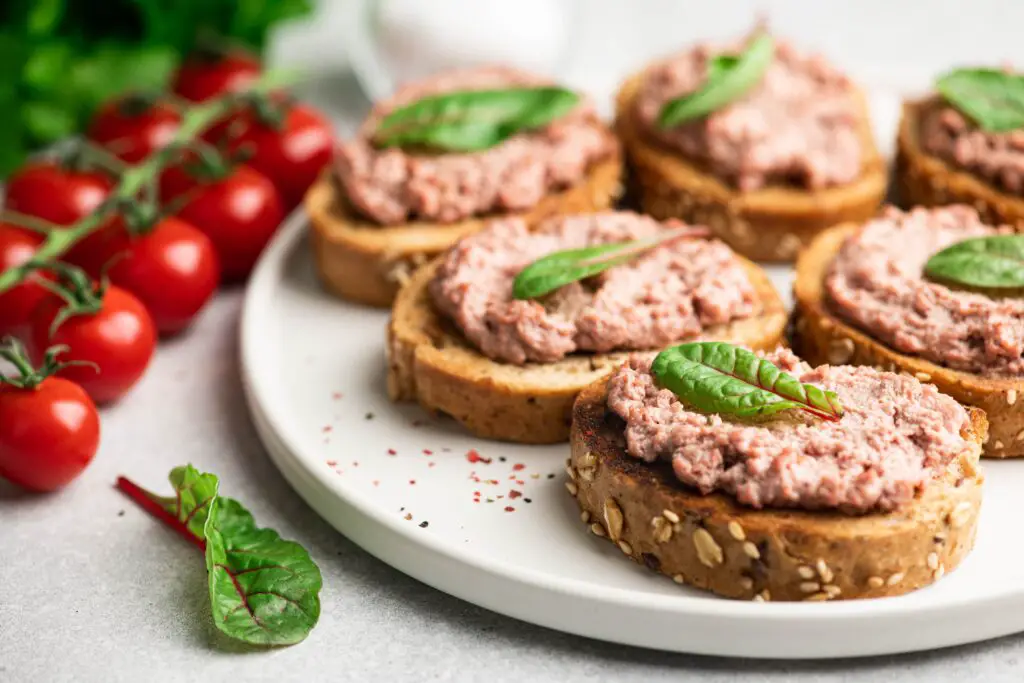
Liver was once considered a nutrient-packed powerhouse, and liver pâté sandwiches were a common sight in early 20th-century lunchboxes. Made by grinding or pureeing liver with butter and spices, the spread was slathered onto bread for a quick, protein-rich meal. At the time, organ meats were viewed as practical and economical, and they provided vitamins that families needed. For many, it was an everyday staple rather than a delicacy.
But to today’s taste buds, the idea of biting into a rich, metallic-tasting liver spread feels far from appetizing. Most of us would rather have peanut butter or turkey between slices of bread than a smear of liver pâté. While organ meats have their place in gourmet cooking, the average modern eater doesn’t crave them in sandwich form. It’s a reminder of how differently people once approached nutrition and taste.
7. Sardine Sandwiches
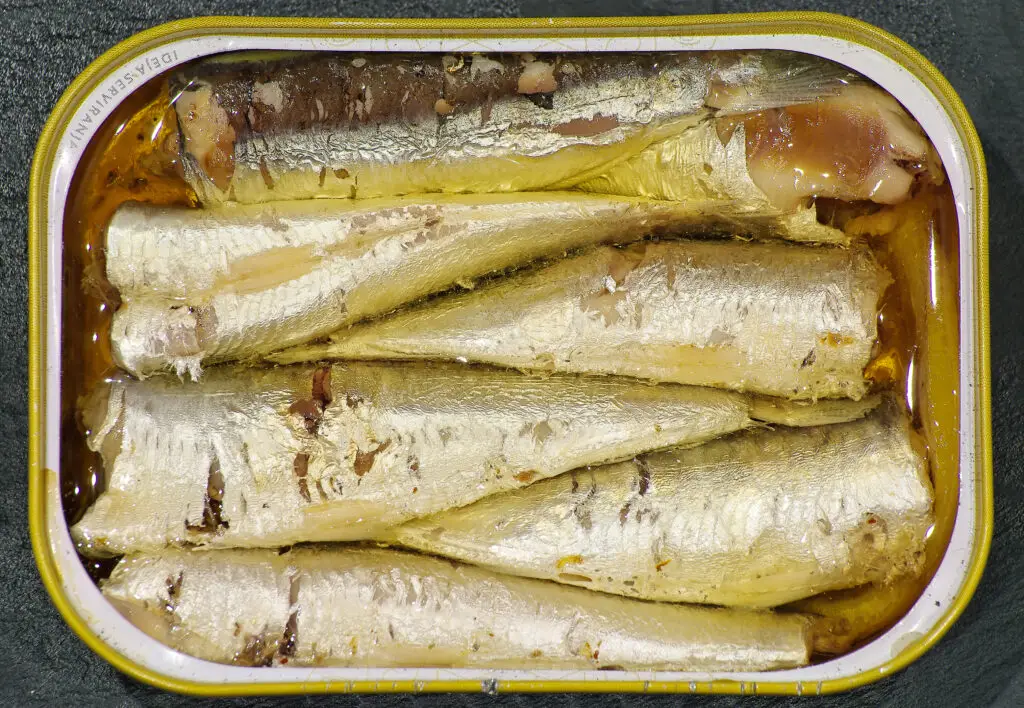
At the turn of the century, sardines were cheap, filling, and packed with protein. Sardine sandwiches were a quick and economical lunch, often made with mustard or mayonnaise to mask the strong fishy flavor. Families saw them as practical, and workers could pack them for long days without refrigeration. They were a lunchbox staple for many decades.
But for most of us today, opening a can of sardines brings more dread than delight. The smell alone could clear a room, and the thought of layering them between slices of bread isn’t too appealing. They may still be healthy, but taste buds have evolved away from these pungent sandwiches. They’re one of those foods that’s best left in the past.
8. Oysters in Cans
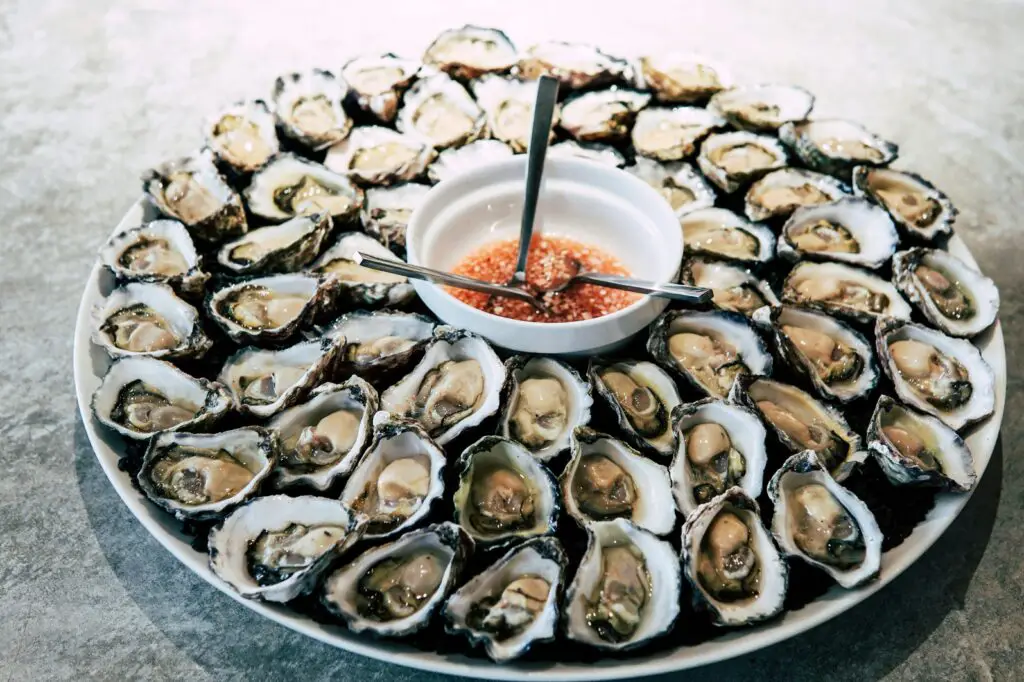
Canned oysters were considered a luxury at the time and were often served at gatherings. They could be eaten straight from the can or used in stews and casseroles. For inland households that didn’t have access to fresh seafood, they were a prized pantry item. Recipes hailed them as versatile and convenient.
Fast-forward to today, and the idea of canned oysters seems a little questionable. We tend to prefer fresh, high-quality seafood and would be hesitant about a slimy, metallic-tasting oyster out of a tin. While they’re still sold, they’ve lost the glamorous image they once had. Most modern eaters wouldn’t touch them unless absolutely necessary.
9. Deviled Tongue
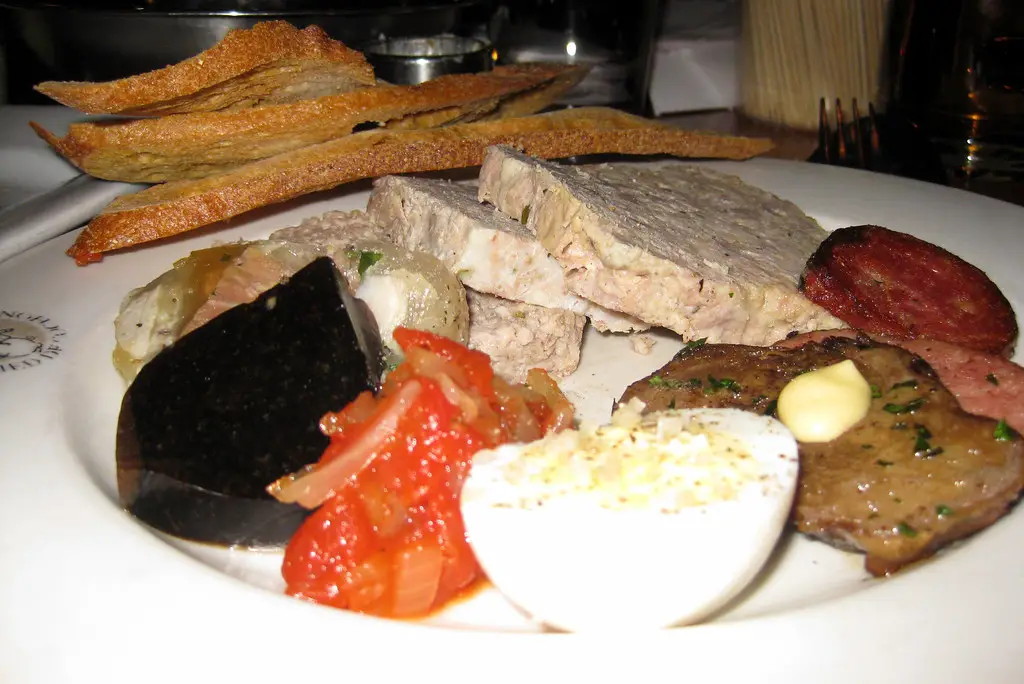
Animal tongue was once a common protein source, and deviled tongue was a popular dish served at home and in restaurants. It was prepared with spices and sauces, sliced thin, and often presented as something elegant. Families appreciated that nothing went to waste, and it was considered hearty fare. Tongue sandwiches even appeared in school lunches.
Today, the thought of eating tongue makes many of us squeamish. While nose-to-tail eating is having a small resurgence among chefs, it hasn’t won over the average diner. Most people wouldn’t choose to see a slice of tongue on their plate. It’s one of those foods that feels a little too close to what it came from.
10. Boiled Calf’s Head

Once upon a time, boiling a calf’s head was considered an economical way to feed a family. The meat, brain, and other parts were used in soups, stews, or served on their own. Cookbooks of the early 20th century encouraged homemakers to use every bit of an animal, and this was no exception. It was praised for being practical and hearty.
To most of us today, the thought is downright horrifying. The visual alone is enough to put you off your dinner. While it spoke to a time of frugality and resourcefulness, it’s far from appetizing now. Few would have the stomach to prepare or eat this dish in the modern kitchen.
11. Molded Fish Salad

Molded dishes were all the rage, and fish wasn’t exempt from the trend. Housewives would mix fish, mayonnaise, and vegetables with gelatin, then set it in elaborate molds. It was served cold, often as a centerpiece for luncheons or parties. These creations were meant to impress as much as they were meant to feed.
For us, it feels like one of the least appetizing ideas to come out of the 1900s. Fish encased in gelatin doesn’t exactly make your mouth water. It might have looked artistic, but the smell and taste left a lot to be desired. Most of us would politely pass if offered a slice today.
12. Lard Sandwiches
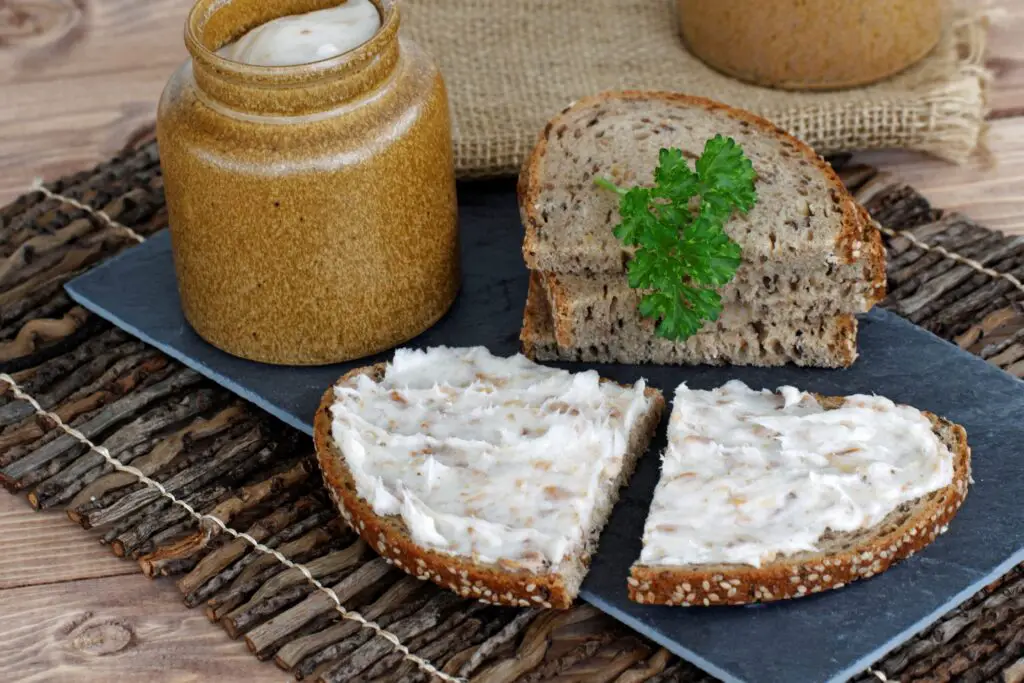
During lean times, lard sandwiches were considered a quick and filling option. A slice of bread spread thick with lard, sometimes sprinkled with salt or sugar, was enough to keep hunger at bay. It was cheap, simple, and energy-dense, which was all many families could ask for. Kids would sometimes carry them to school as a snack.
Nowadays, the idea of eating a sandwich filled only with animal fat feels shocking. With our awareness of heart health, cholesterol, and balanced diets, this kind of meal is unthinkable. It reflects just how much diets were shaped by survival rather than choice. You’d be hard-pressed to find anyone eager to bring lard sandwiches back.
13. Boiled Turnips
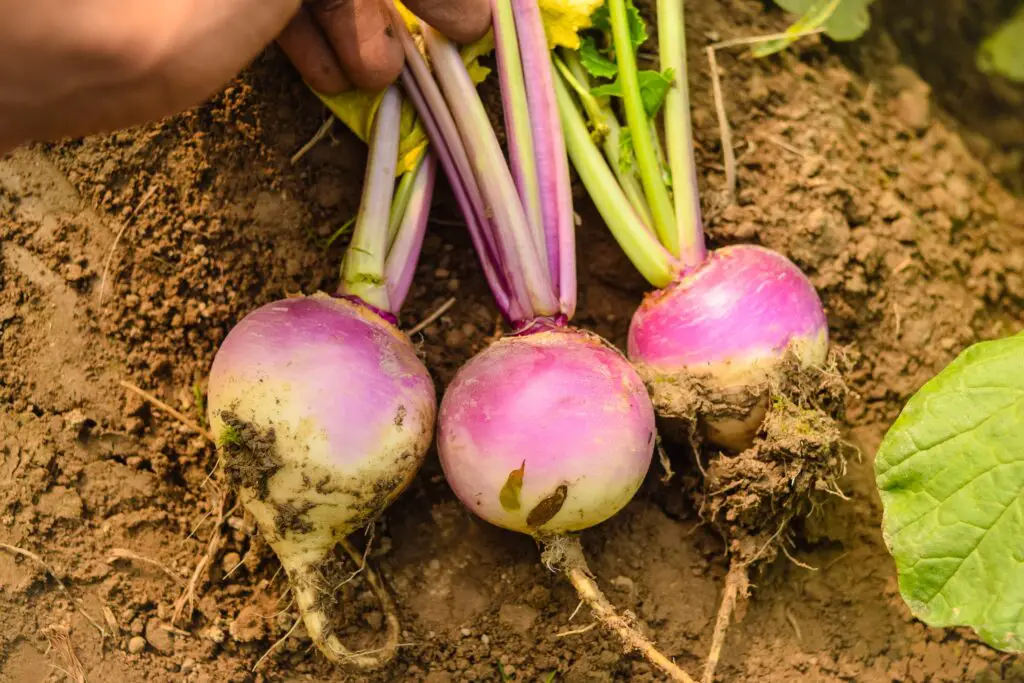
Turnips were an inexpensive and filling vegetable that showed up often on the table. Boiled until soft, they were served plain or with a pat of butter. They weren’t flashy, but they were dependable, especially in colder months. Families leaned on them heavily because they kept well and stretched meals.
Unfortunately, boiled turnips never developed a reputation as a beloved dish. Their bitter flavor and mushy texture made them more tolerated than enjoyed. While root vegetables have staged a comeback in recent years, turnips still tend to be roasted or spiced rather than boiled. It’s safe to say most people would skip the plain version if given the choice.
14. Cabbage Pudding

This dish sounds unusual even by early 20th-century standards. Cabbage pudding combined shredded cabbage with eggs, milk, and seasonings, then baked into a dense, custard-like dish. It was considered nutritious and filling, offering families a cheap way to make vegetables into a main course. Some versions even leaned sweet, blurring the line between dessert and dinner.
To modern eaters, cabbage pudding feels unappealing in every sense. The texture, the smell, and the concept don’t exactly line up with what we want from comfort food. While cabbage can be delicious in soups or stir-fries, baking it into a pudding is unlikely to tempt anyone. This one is best left to the history books.
